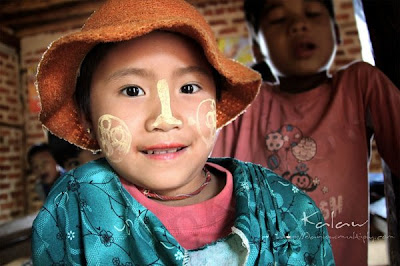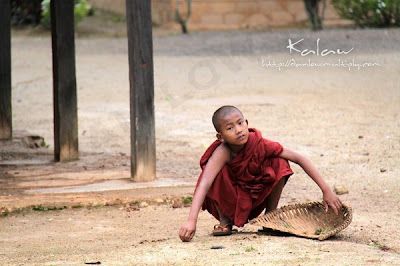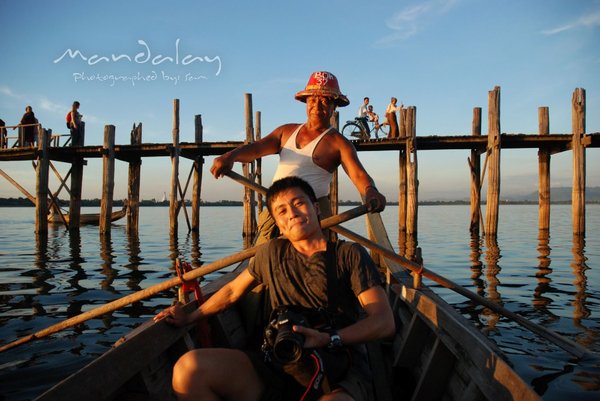Location: Kalaw to Inle Lake, Myanmar
Camera: Canon EOS 500D
Lens: Tokina AT-X 124 AF Pro DX 12-24mm f/4
Lens: Canon EF-S 18-200 mm F3.5-5.6 IS
Filter: none
Post editing: PS CS3
Trip schedule and details: http://danlow.multiply.com/journal/item/91 Check this out if you plan to visit Myanmar, I have shared tonnes of goodies here.
Kalaw is earning a cool reputation among budget travellers, and it’s not just due to its chilly winter weather. Located at 1320m on the rolling, pine-clad hills of the Shan Plateau, this is Myanmar’s budget trekking heartland. Located to the west of beautiful Inle Lake, some travellers enjoy hiking between the two (about 50km), on mountains dotted with Palaung, Pa-O, Intha and Shan tribe villages.
So from Kawal ... we trekked for 3 days and 2 nights to Inle Lake. The first night was spent in a the house of the PaLaung tribe, it was basic, open air batheroom(see picture below) and very cooling. The second night was spent at a monastery, we slept in the monastery with the novice monks, it was a very rewarding experience to me. The toilet is open air too, hahaha...
SLIDESHOW
Type of plantations - lowland rice, malt rice, brown rice, potatoes, carrots, cauliflower, garlic, peanuts, tomatoes, capsicum, chilli, corn/maize, garlics, onions, crabapples, avocados, oranges, banana, jack fruit, papaya, pumpkins, cabbages, sesame, coffee and flowers.
































